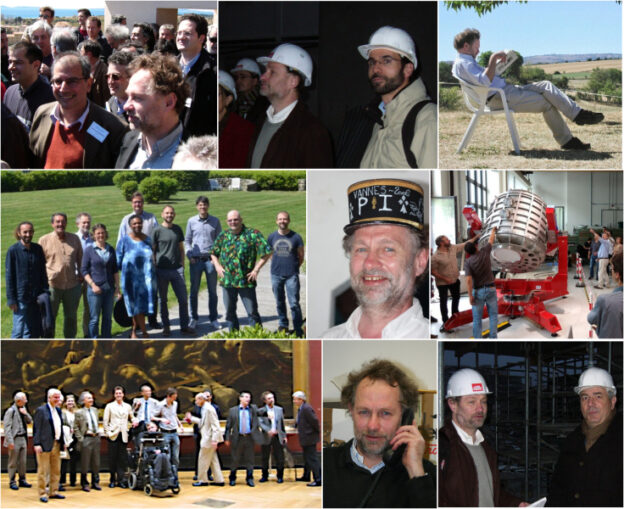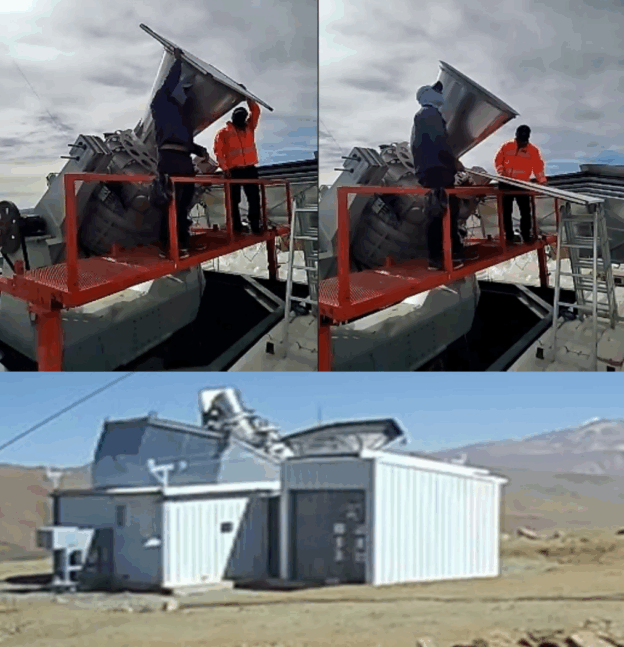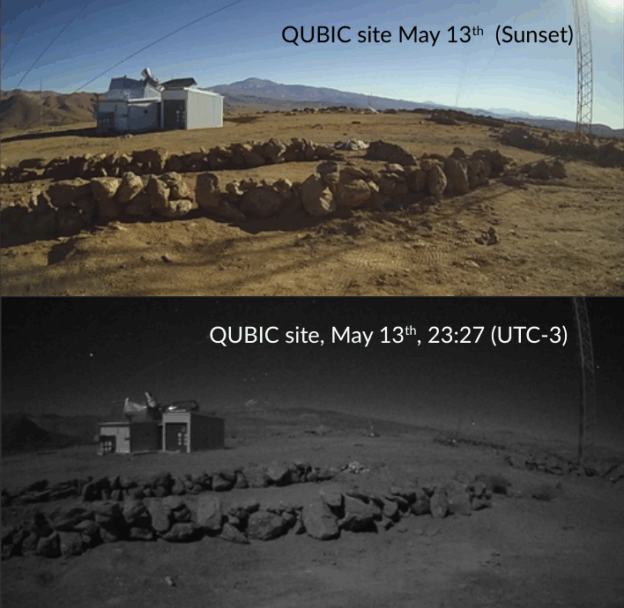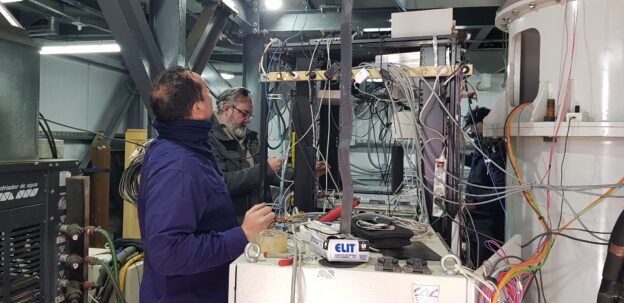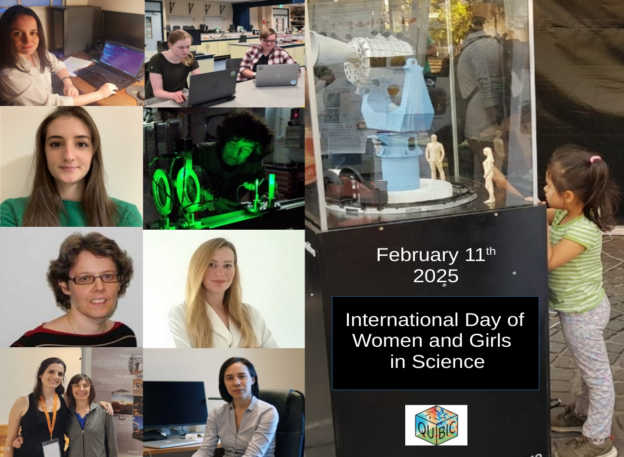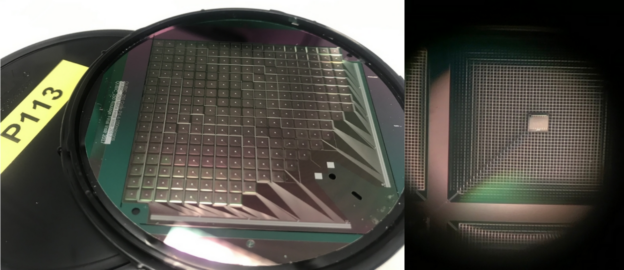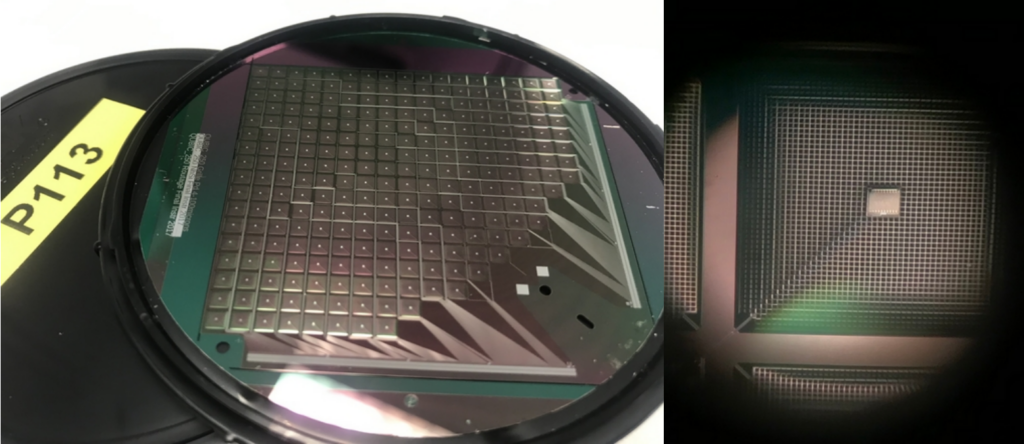C’est avec une profonde tristesse que nous disons adieu à notre collègue Yannick Giraud-Héraud, décédé le 13 juin 2025. Depuis 1999, il a œuvré sans relâche à la création du laboratoire Astroparticules et Cosmologie (APC), dont il était l’un des fondateurs. En janvier 2005, il a pris la tête du groupe Cosmologie et Gravitation. Il a largement contribué à positionner l’APC comme un acteur majeur, notamment par sa participation à la mission spatiale Planck de l’ESA, qu’il a coordonnée pour l’IN2P3.
L’article complet est disponible ICI
